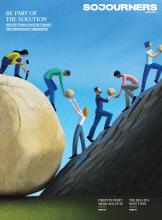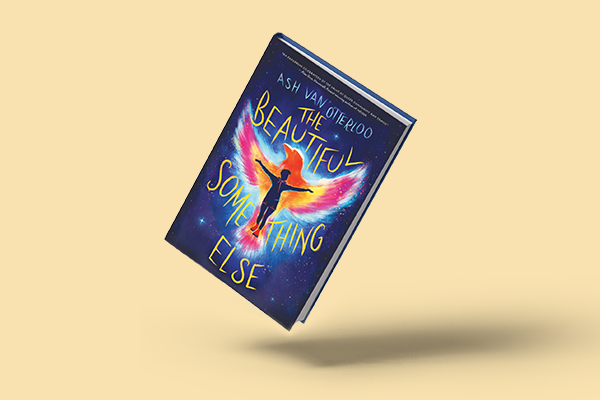SPARROW HAS EVERYTHING under control. They know which clothes their mom likes them to wear, what kinds of grades reflect well on the family, and what topics to never ever talk about with their mother. But one day the formula collapses and Sparrow’s mother gets in a car crash. Now they must live with a relative they have never met and know nothing about. Used to a life of moving around due to their mother’s struggles with addiction, Sparrow thinks they have the perfect formula for how to blend in at their new school, but soon new friends, a magical creature, and a series of personal revelations take the middle schooler out of their comfort zone to somewhere much more beautiful.
Ash Van Otterloo’s The Beautiful Something Else follows the journey of a preteen living in the South. Sparrow, who is unknowingly nonbinary (at least at the beginning of the novel), has long played the role of an adult. Because their emotionally unstable mom has surrounded Sparrow with so many carefully constructed rules, the young protagonist hasn’t been able to find out who they really are — gender identity included. When Sparrow is forced to move in with their Aunt Mags (their closest relative), they are suddenly living in the one place their mother never wanted them to go: their mother’s childhood home in Tennessee. But Aunt Mags has reclaimed the space, renaming it Rainbow House. The property, with its many trailers and main house, is a haven for mostly queer families and local college students.
As an agnostic person, I don’t often reach for religious language, but Rainbow House reminded me of the reign of God, a collective utopia with no more suffering. Led by a loving and welcoming queer community, Rainbow House is a place where people farm the land, protect wildlife, host community gatherings and festivals, and practice radical forgiveness and generosity.
Read the Full Article

